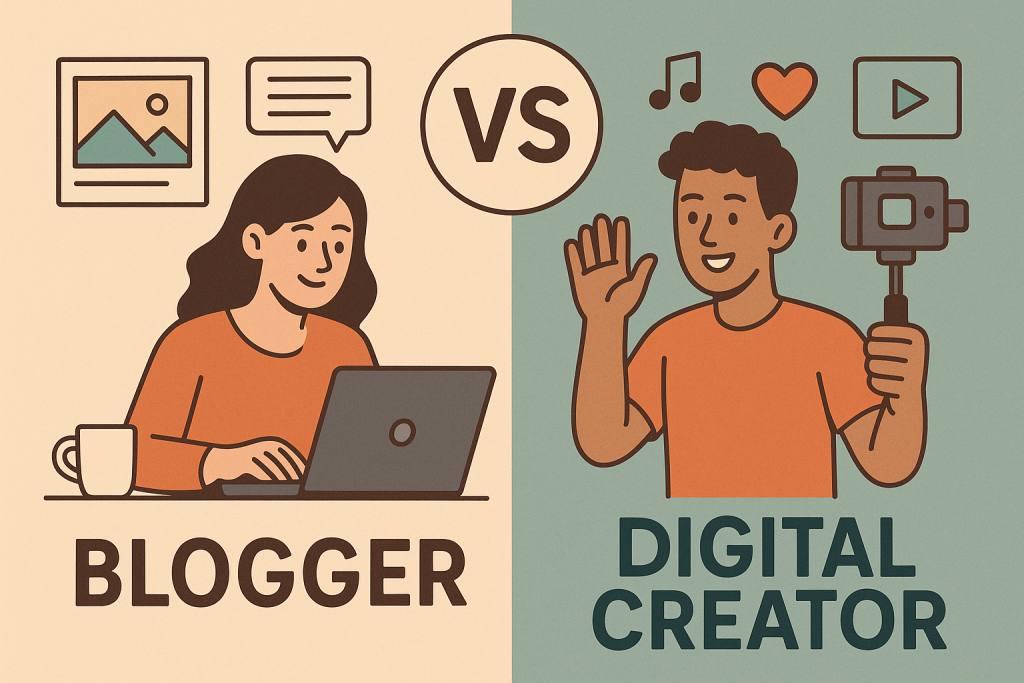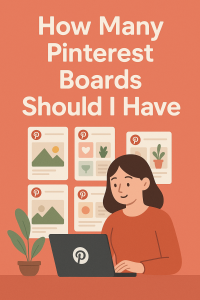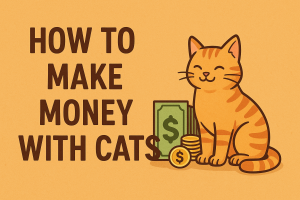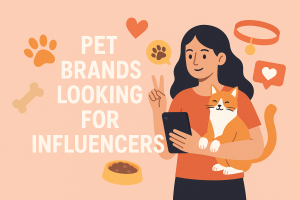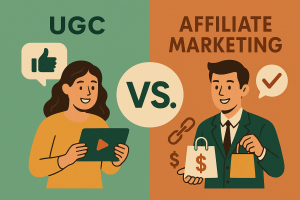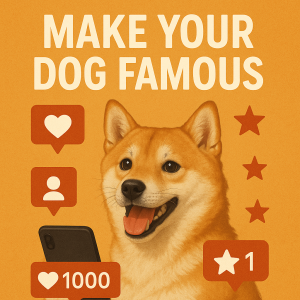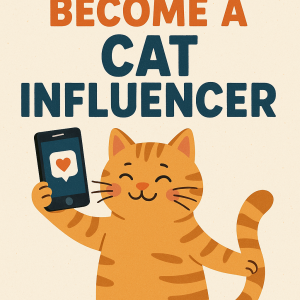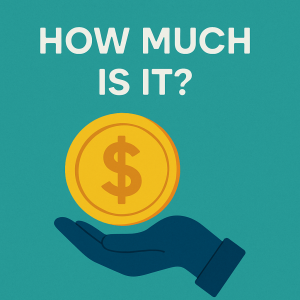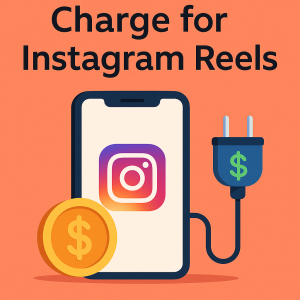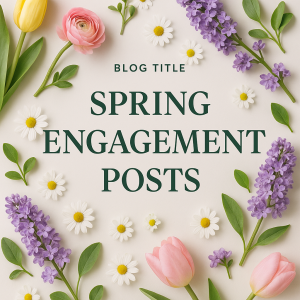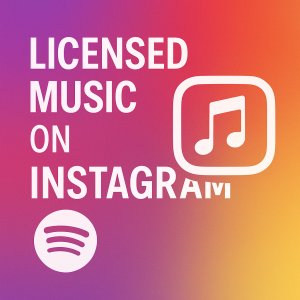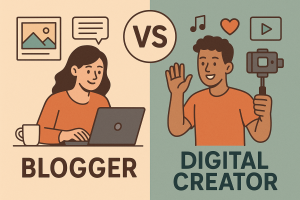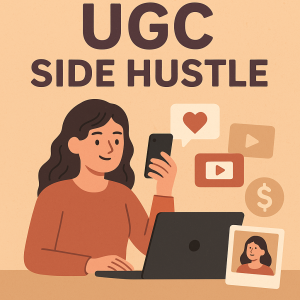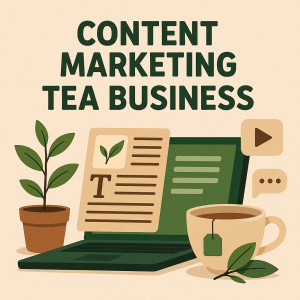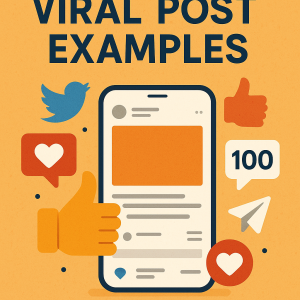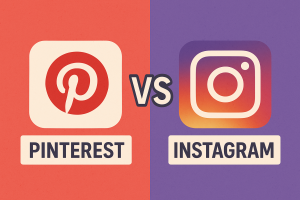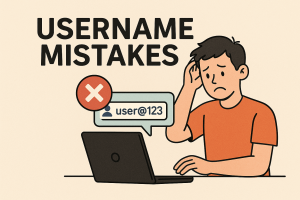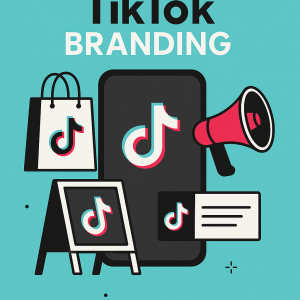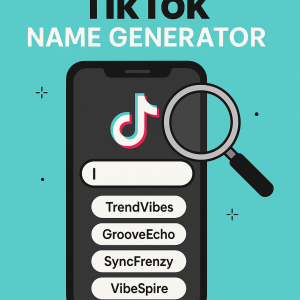In today’s online world, content comes in many forms. Some professionals focus on building detailed stories through written posts, while others thrive on creating eye-catching visuals. This article breaks down the core contrasts between two popular roles: those who specialize in long-form writing and those who prioritize dynamic, multi-platform media.
Traditional writers often maintain a dedicated website, crafting articles that dive deep into niche topics. Their work leans on search-friendly strategies to attract readers over time. On the other hand, modern innovators produce photos, videos, and short-form posts designed for instant engagement across social channels. These creators adapt quickly to trends, prioritizing visual appeal and real-time interaction.
Industry insights reveal that intent and longevity also differ. While one group builds loyal communities through consistent storytelling, the other focuses on versatility and broad reach. Brands like Adobe and HubSpot collaborate with both types, recognizing their unique strengths in connecting with audiences. Not sure if a blog or social platform is better for you? Read our deep dive into Instagram vs Blog for content creators.
Key Takeaways
- Writers typically use websites for long-form articles; creators leverage multiple platforms for visual content.
- Search engine optimization (SEO) plays a bigger role in written narratives than in short-form media.
- Audience interaction varies, with creators often prioritizing instant feedback through likes and shares.
- Long-term community building is common among writers, while creators may focus on trending topics.
- Both roles require distinct skills but share the goal of engaging specific audiences effectively.
Introduction to the Digital Content Landscape
The internet’s growth has reshaped how people share ideas and build communities. Early forums and personal websites laid the groundwork for today’s interconnected media ecosystem. Now, content thrives across blogs, videos, and interactive posts, creating endless opportunities for connection.
The Rise of Online Identities
Social media turned everyday users into influential voices. Platforms like Instagram and TikTok let individuals showcase their passions, from cooking to tech reviews. This shift birthed influencer marketing, where authenticity drives brand partnerships and audience trust.
Creators now blend entertainment with education, making complex topics relatable. A makeup tutorial might double as a product review, while travel vlogs inspire wanderlust. These dynamic formats keep followers engaged and eager for more. Whether you’re a blogger or a digital creator, building a personal brand online is non-negotiable in 2025.
Understanding the Evolution of Content Creation
Content strategies have shifted from static articles to adaptable multimedia. YouTube tutorials and Pinterest guides offer visual solutions, while blogs provide deep dives into niche subjects. Search optimization ensures these resources stay discoverable long after publication.
Storytelling remains central to building loyal audiences. Whether through heartfelt Instagram stories or detailed how-to blogs, creators foster connections by sharing relatable experiences. This approach turns casual viewers into dedicated supporters over time.
Understanding the Digital Creator
Modern content professionals blend artistry with strategy, mastering photos, videos, and articles to connect with viewers. Unlike traditional roles tied to one format, they thrive by mixing media types and adapting to platform trends. This flexibility lets them turn everyday moments into shareable stories that resonate globally. Check out the key differences in how UGC creators monetize their content compared to traditional bloggers.
Defining Their Creative Approach
Successful creators like iJustine and Jackie Aina show how blending formats boosts engagement. A tech review might start as a YouTube tutorial, expand into Instagram carousels, and spark Twitter conversations. This cross-platform storytelling keeps audiences invested while showcasing products organically.
Real-time analytics shape their workflow. If a TikTok trend gains traction, they’ll pivot quickly to join the conversation. This agility helps them stay relevant while maintaining authenticity—a balance that turns casual viewers into loyal followers.
Platform Diversity and Engagement
From Pinterest boards to YouTube Shorts, creators tailor content for each channel’s strengths. Instagram Reels highlight quick tips, while blog posts dive deeper into niche topics. Brands like Glossier often partner with these innovators, leveraging their ability to showcase products through relatable, visually-driven narratives.
Active community interaction sets creators apart. Polls, Q&A sessions, and live streams turn passive scrollers into participants. This two-way dialogue builds trust, making collaborations feel like recommendations from a friend rather than ads.
Exploring the Role of a Blogger
Specialized knowledge drives today’s most trusted online voices. These writers carve out spaces where readers return for expertise, whether discussing sustainable gardening techniques or reviewing coding tools. Their strength lies in transforming complex subjects into approachable guides that spark meaningful conversations.
Niche Focus and Targeted Audience
Bloggers thrive by addressing specific interests. A tech reviewer might analyze smartphone durability for outdoor enthusiasts, while a parenting writer shares Montessori-inspired activities. This laser focus builds authority, turning casual visitors into regular readers who value their unique perspective.
Platforms like The Wirecutter demonstrate this strategy’s power. Their detailed product comparisons attract millions seeking unbiased advice. By consistently delivering value in one area, bloggers become the go-to source for both loyal followers and newcomers researching specific needs.
SEO and Long-Term Content Strategy
Evergreen content forms the backbone of successful blogs. A well-researched article on “beginner photography tips” keeps attracting traffic months after publication. Strategic keyword use helps these posts rank higher in search results, creating a steady stream of visitors without constant updates.
Unlike trend-driven social posts, blog content matures like fine wine. A 2023 HubSpot study found that 75% of blog traffic comes from posts older than six months. This longevity makes blogs ideal for brands wanting to establish trust and showcase products through authentic storytelling.
Blogger vs Digital Creator: Key Differences
Choosing the right voice for your brand means understanding how these roles approach storytelling. While both connect with audiences, their methods and outcomes vary widely.
Intent and Audience Engagement
Long-form writers often target specific niches, like sustainable fashion or indie gaming. Their deep-dive articles educate readers over months, building authority through research and consistency. For example, Wirecutter’s detailed product guides generate 60% of their traffic from searches older than a year.
In contrast, multi-platform innovators prioritize immediacy. A TikTok creator might film a viral dance challenge featuring a new sneaker line. These posts thrive on shares and comments but fade faster—80% of Instagram Reels lose momentum within 48 hours, per Meta’s 2023 data.
Content Lifespan and Narrative Structure
Evergreen blog posts work like slow-burn campfires, warming audiences gradually. A recipe blog’s “meal prep for busy parents” guide attracts steady traffic through SEO, while YouTube tutorials spike quickly but require constant updates.
Hybrid creators now blend both worlds. Travel writers like Nomadic Matt supplement blogs with Instagram Stories, offering bite-sized tips alongside comprehensive guides. This strategy caters to casual scrollers and dedicated readers alike.
Brands should ask: Do we need lasting authority or instant buzz? Skincare lines might partner with bloggers for ingredient deep dives, while snack brands collaborate with creators for hashtag challenges. Authenticity remains key—audiences spot forced partnerships instantly.
Building Your Brand Through Content Strategies
Crafting a memorable online presence starts with aligning your content strategy to your strengths. Whether you share expertise through detailed guides or captivate viewers with trending reels, clarity about your role shapes how audiences perceive your brand. Authenticity remains the golden rule—audiences connect with voices that feel genuine and purpose-driven.
Effective Collaborations and Partnerships
Successful partnerships blend creativity with clear goals. A food blogger might team up with a kitchenware brand, weaving product features into recipe posts while sharing behind-the-scenes videos on Instagram. Media kits play a crucial role here—include engagement rates, audience age ranges, and top-performing posts to showcase your value.
Take inspiration from makeup artist Katie Jane Hughes, who collaborates with Rare Beauty. Her tutorials integrate products naturally, driving sales while maintaining artistic integrity. “Collaborations thrive when both parties respect each other’s vision,” notes a 2023 Marketing Dive report.
Tips for Leveraging Social Media and SEO
Turn social profiles into discovery engines. Switch to business accounts on Instagram or TikTok to access analytics—data revealing peak posting times or popular hashtags. Pair this with SEO-optimized blog posts targeting niche queries like “best eco-friendly workout gear” to attract organic traffic. Want your content to generate income? These lead magnet ideas for Instagram work for both bloggers and creators looking to convert followers.
Three steps to amplify reach:
- Repurpose blog highlights into Pinterest infographics
- Use YouTube Shorts to tease long-form content
- Embed keywords in Instagram captions and alt-text for photos
Track performance monthly. Adjust strategies based on what resonates—sometimes a heartfelt caption outperforms polished ads. Balance evergreen content with timely posts to stay relevant without losing your core message.
Conclusion
Navigating today’s content landscape requires clarity about how different roles serve unique purposes. While bloggers build authority through detailed articles optimized for search, digital creators spark instant connections using videos and interactive posts. Both approaches shape modern marketing but cater to distinct audience needs and brand objectives.
Long-form writers thrive in niche markets, offering evergreen resources that drive organic traffic over time. Multimedia innovators, however, excel at riding trends and fostering real-time conversations across platforms. Brands like Glossier and Adobe demonstrate how each method can coexist, blending SEO-rich blogs with Instagram Reels to cover all engagement angles.
Choosing between these paths depends on your goals. Need lasting educational resources? Partner with bloggers. Craving viral moments? Collaborate with creators. Many successful strategies combine both, like repurposing blog highlights into TikTok tutorials for wider reach.
As media evolves, so should your approach. Audit your current strategy: Does it prioritize search visibility or social buzz? Could a hybrid model better serve your audience? Share your experiences below—let’s discuss how to thrive in this dynamic content creation world!

